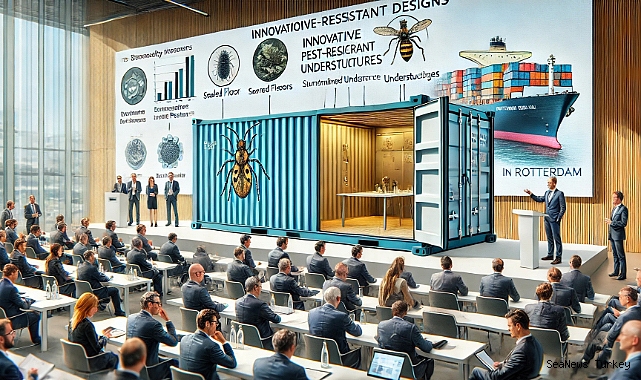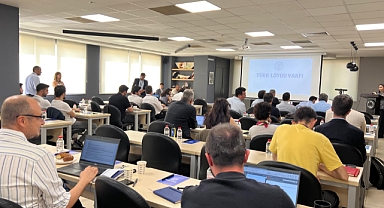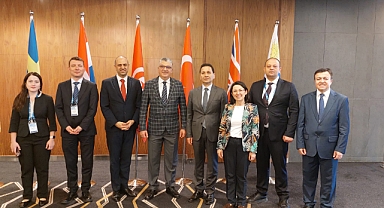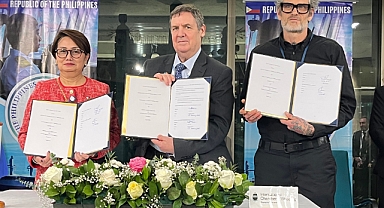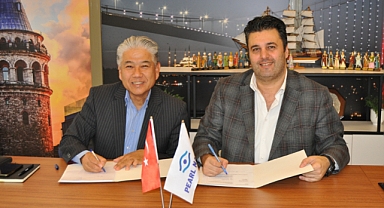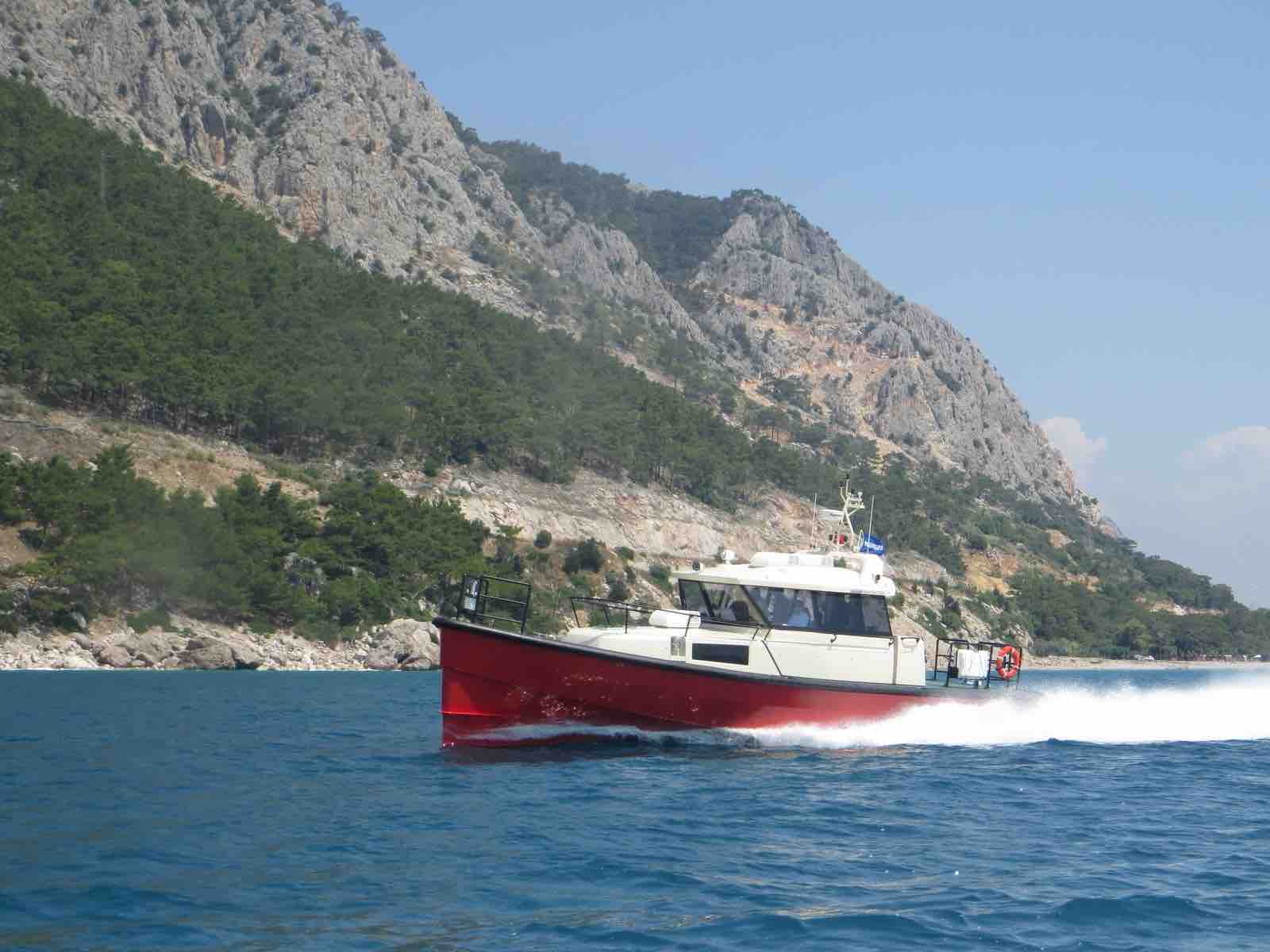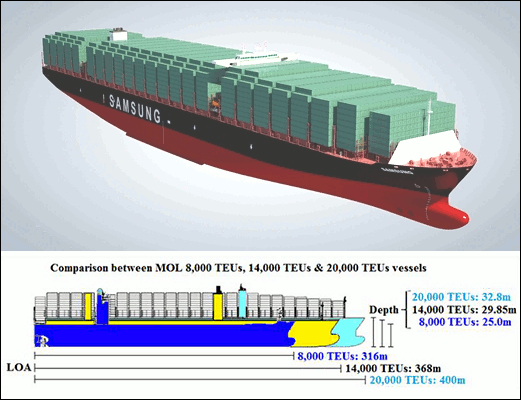Tackling a $423 Billion Problem: Experts Focus on Pest-Resistant Container Design
On November 11, 2024, Rotterdam became the hub of discussions on a critical global challenge: invasive pests causing $423 billion in damages annually. Specialists from the container shipping industry and biosecurity experts convened at
The International Symposium on Optimising container design to Mitigate Risks of Pest Contamination.Representatives from leading shipping carriers, container manufacturers, leasing companies, biosecurity organizations, and plant health stakeholders joined forces to tackle the issue head-on."Container design has traditionally focused on efficiency and durability," said Mike Downes, senior technical expert at the Bureau International des Containers (BIC) and Chair of the Container Cleanliness Industry Advisory Group. "But in today’s interconnected supply chain, pest resistance must be a top priority." Downes emphasized the importance of rethinking design to combat invasive species that threaten biodiversity, forests, and global food supplies.
Promising Findings: Australia’s Study on Modified Containers
A highlight of the symposium was a study by the Australian government comparing standard containers to modified ones. The results were striking: pest contamination was detected in 8% of standard containers, but this figure plummeted to just 1.45% in modified containers.“Data from several countries show that around 90% of pest contamination on sea containers occurs on external surfaces, particularly understructures, while internal contamination is mainly linked to floorboards,” explained Rama Karri, Director at the Australian Department of Agriculture, Fisheries and Forestry.
Targeted Modifications to Combat Pests
The discussions included practical solutions, such as redesigning floors to eliminate gaps, cracks, and nail holes, and altering understructures to reduce horizontal ledges. Eliminating bitumastic under-coatings was also proposed to make containers less hospitable to pests, all while maintaining cost-efficiency and functionality.
Collaborative Action for Change
At the symposium’s conclusion, a working group was established with representatives from container owners, operators, and manufacturers. This group aims to refine and propose pest-resistant container designs for approval by the International Plant Protection Convention’s (IPPC) Sea Container Focus Group (SCFG) and the Commission on Phytosanitary Measures (CPM).“This is a societal issue of immense importance,” said Lars Kjaer, Senior Vice President of the World Shipping Council. “Collaborative efforts like this symposium are vital to accelerating progress toward a pest-resistant supply chain.”
The Path Forward
The symposium, hosted by the IPPC Secretariat in partnership with BIC, the Container Owners Association (COA), and the World Shipping Council (WSC), demonstrated the industry's growing commitment to addressing pest contamination. As new designs take shape, the shipping industry moves closer to a solution that could safeguard global biodiversity and agricultural systems, ensuring a cleaner, pest-resistant future for the global supply chain.



